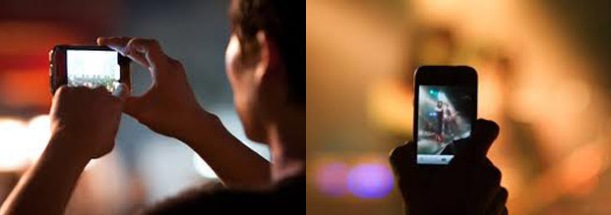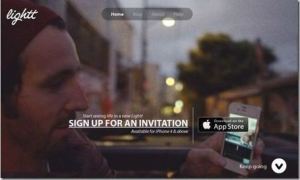Why do we take photos?
Being on exchange has brought about the companionship of my camera, but also an absence of a smartphone, resulting in a new collection of pictures, with a new goal in mind during their creation. You no longer take social photos on a digital compact – it’s not an SLR, so it doesn’t elicit a pose, nor is it an iphone. What I’ve found is that we pose differently depending on what kind of camera we are facing. The quick, quiet, unobtrusive snap of the iphone leaves no-one the wiser and lets us get away quickly with posing – if it didn’t work…too bad so sad, if it did…we can lol about it after.
I don’t have a smartphone here. I miss snapchat, I miss instagram. Or even simply, mobile uploads, where the selfie is validated because of the device it was taken on. We can pull faces, be idiots, because the mobile-phone camera does not hold an underlying history of preparation for a photo, of the one-off, the value of the exposure (and cost!). Mobile photography is designed to be quick, to be multiple, to be unobtrusive.
We don’t mind the SLR at the odd party or event. It gives the occasion some formality, and of course gives the one standing behind it a certain level of credibility.
I don’t quite know where my camera fits, the Powershot G1X. It’s really great, with full manual functions and a DSLR sized sensor, but it still gets in the way of the social photo; it takes it’s time to focus, it is kind of bulky and bigger then your average digital camera.
People have started saying, wow what a great camera, that takes really good photos. Soon I will reply, it’s not all down to the camera…
My photos are only on flickr or on this blog, I don’t want no Facebook owning my work! ha.
Mum asked for photos of my surroundings which has inspired a collection of grunge-type street photography, aimed at capturing spirit and life in Montpellier (yet still not really featuring any true Montpellier-ins ….) we’ll work on that.




